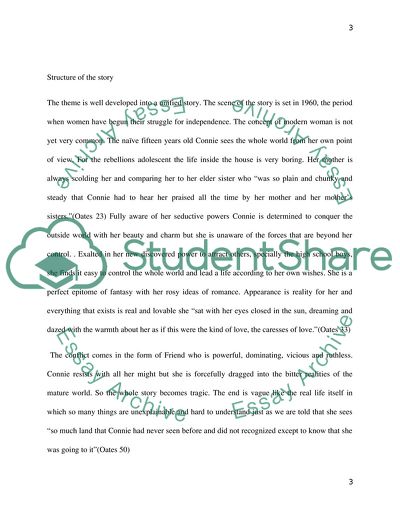Cite this document
(Where Are You Going, Where Have You Been by Joyce Carol Oates and the Assignment - 1, n.d.)
Where Are You Going, Where Have You Been by Joyce Carol Oates and the Assignment - 1. https://studentshare.org/literature/1751335-analyze-two-short-stories
Where Are You Going, Where Have You Been by Joyce Carol Oates and the Assignment - 1. https://studentshare.org/literature/1751335-analyze-two-short-stories
(Where Are You Going, Where Have You Been by Joyce Carol Oates and the Assignment - 1)
Where Are You Going, Where Have You Been by Joyce Carol Oates and the Assignment - 1. https://studentshare.org/literature/1751335-analyze-two-short-stories.
Where Are You Going, Where Have You Been by Joyce Carol Oates and the Assignment - 1. https://studentshare.org/literature/1751335-analyze-two-short-stories.
“Where Are You Going, Where Have You Been by Joyce Carol Oates and the Assignment - 1”. https://studentshare.org/literature/1751335-analyze-two-short-stories.


